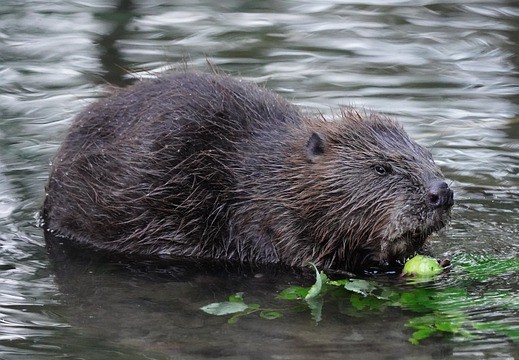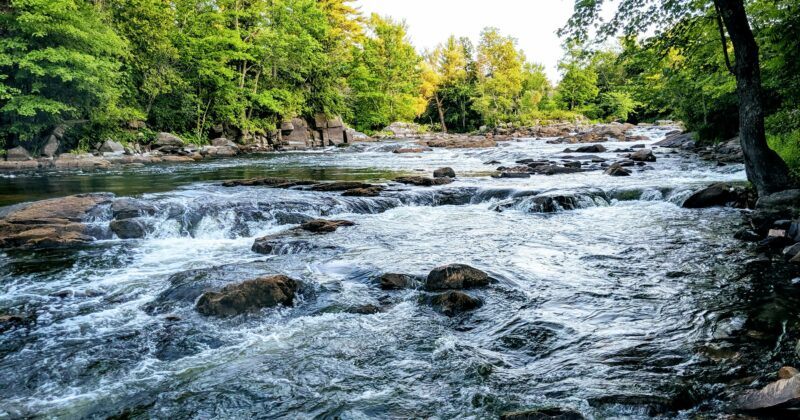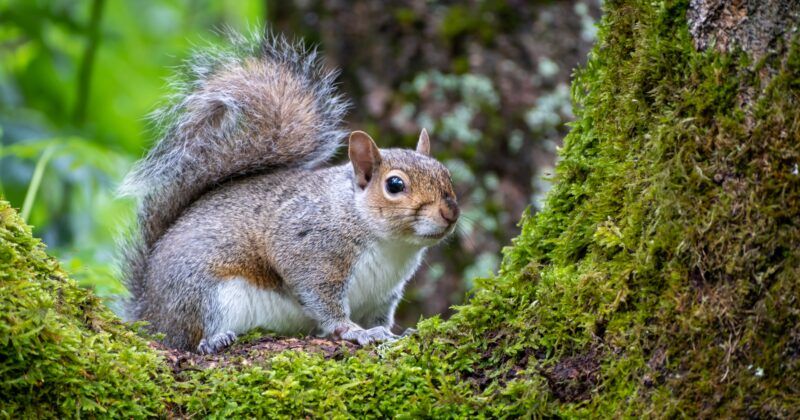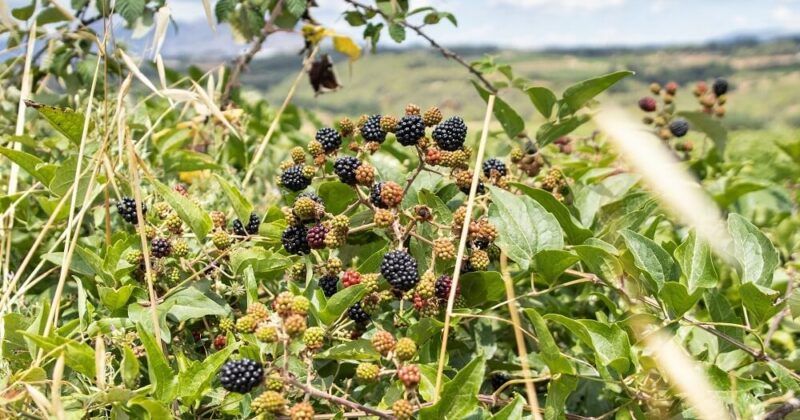
Bringing Back Nature’s Engineers: Beaver Reintroduction in the UK
Bringing Back Nature's Engineers: Beaver Reintroduction in the UK
For centuries, beavers were absent from the UK's landscapes due to hunting and habitat loss. A movement to reintroduce these industrious creatures is making exciting progress and we could be spotting more of them in the wild soon!
Why Reintroduce Beavers?
Beavers are often referred to as “nature’s engineers” for their remarkable ability to build dams and create wetland habitats. Their activities slow water flow, reduce flooding risks, and enhance biodiversity. Wetlands formed by beavers provide homes for countless species of plants, birds, insects, and aquatic life—transforming degraded landscapes into thriving ecosystems.Moreover, beavers play a crucial role in combating climate change. By storing water and increasing carbon sequestration in wetlands, they help mitigate the effects of droughts and rising temperatures. Reintroducing beavers isn’t just about nostalgia; it’s about restoring balance to nature.
The UK's Journey to Beaver Reintroduction
Beaver reintroduction in the UK began as a small but ambitious initiative. In 2009, the Scottish Beaver Trial...





